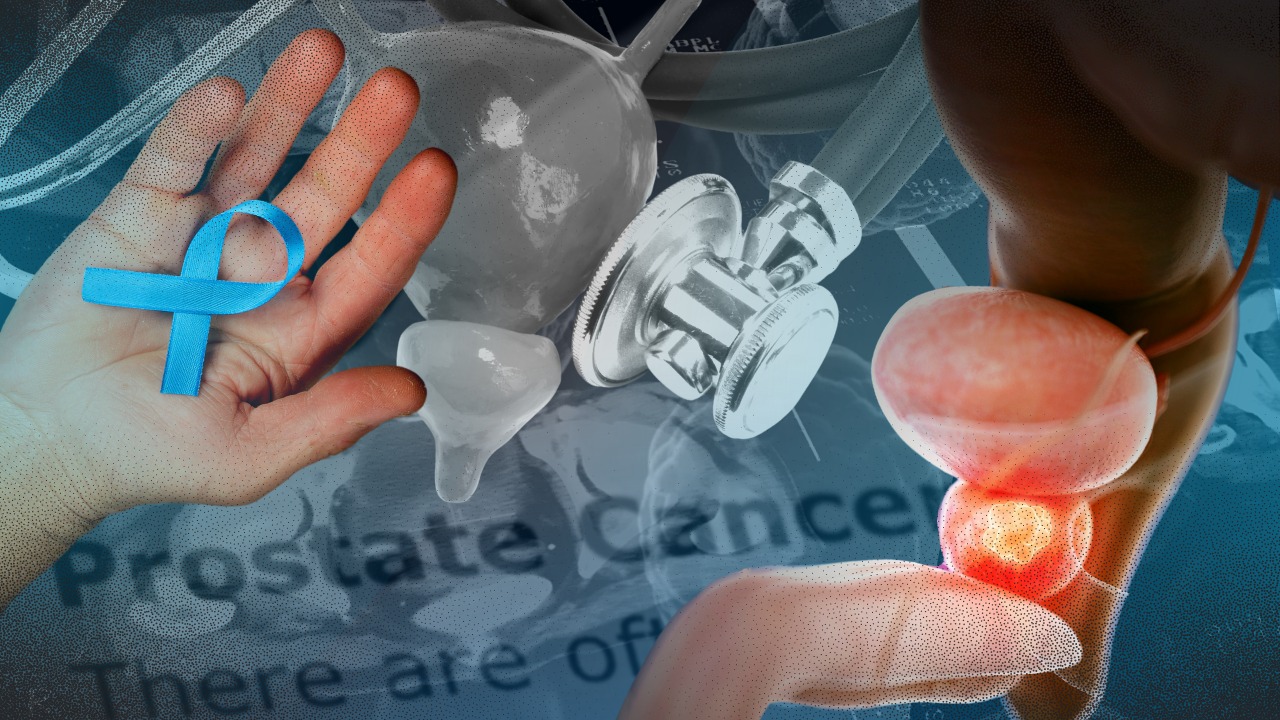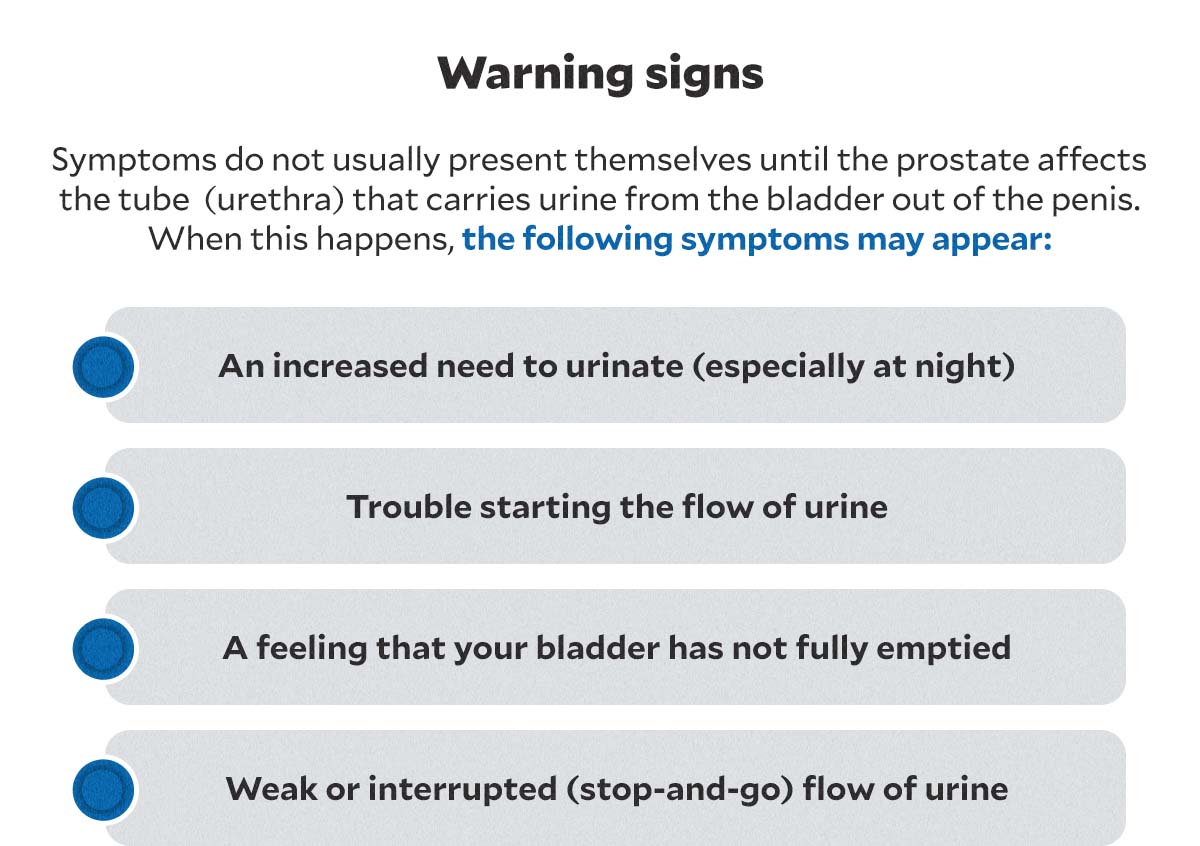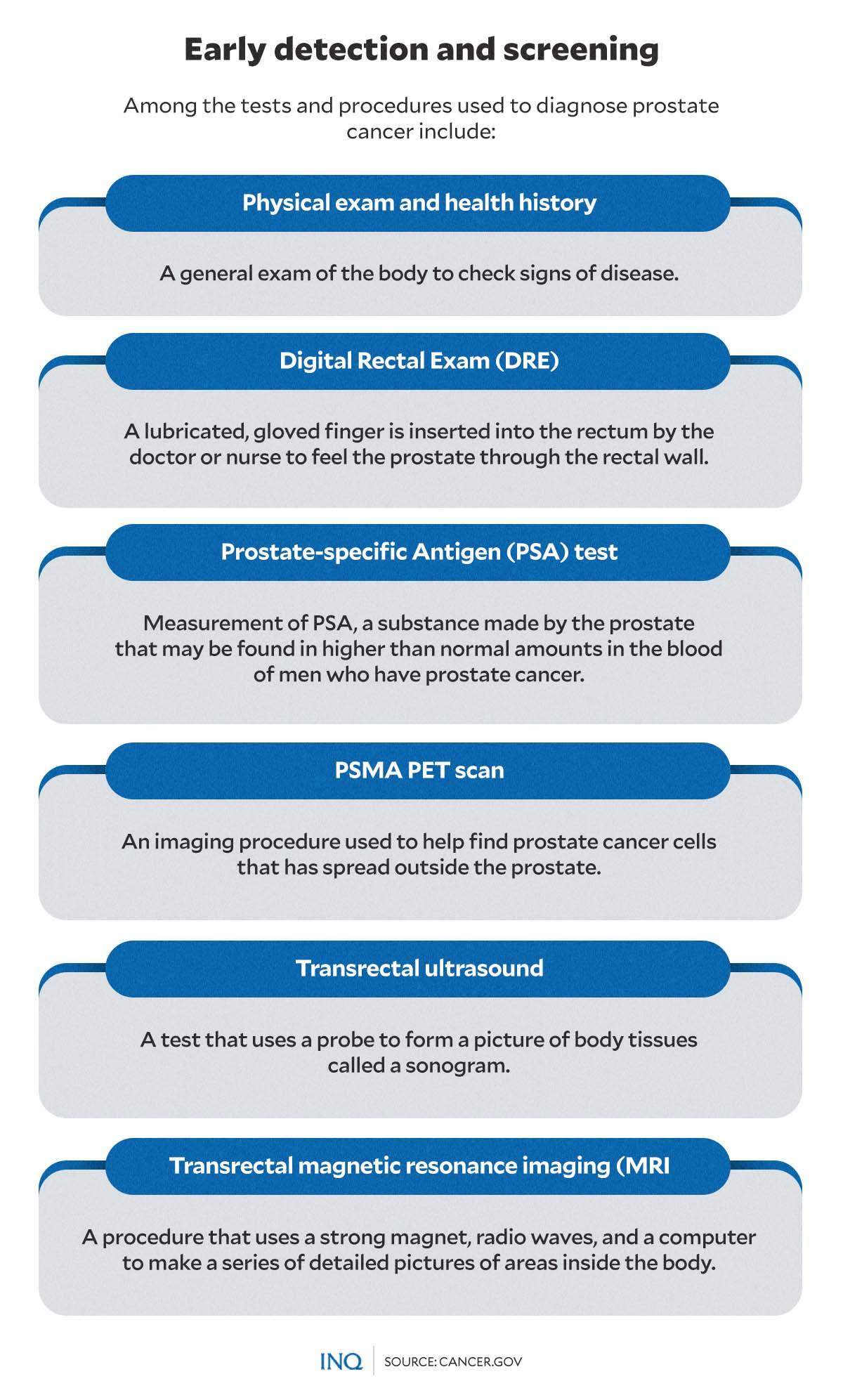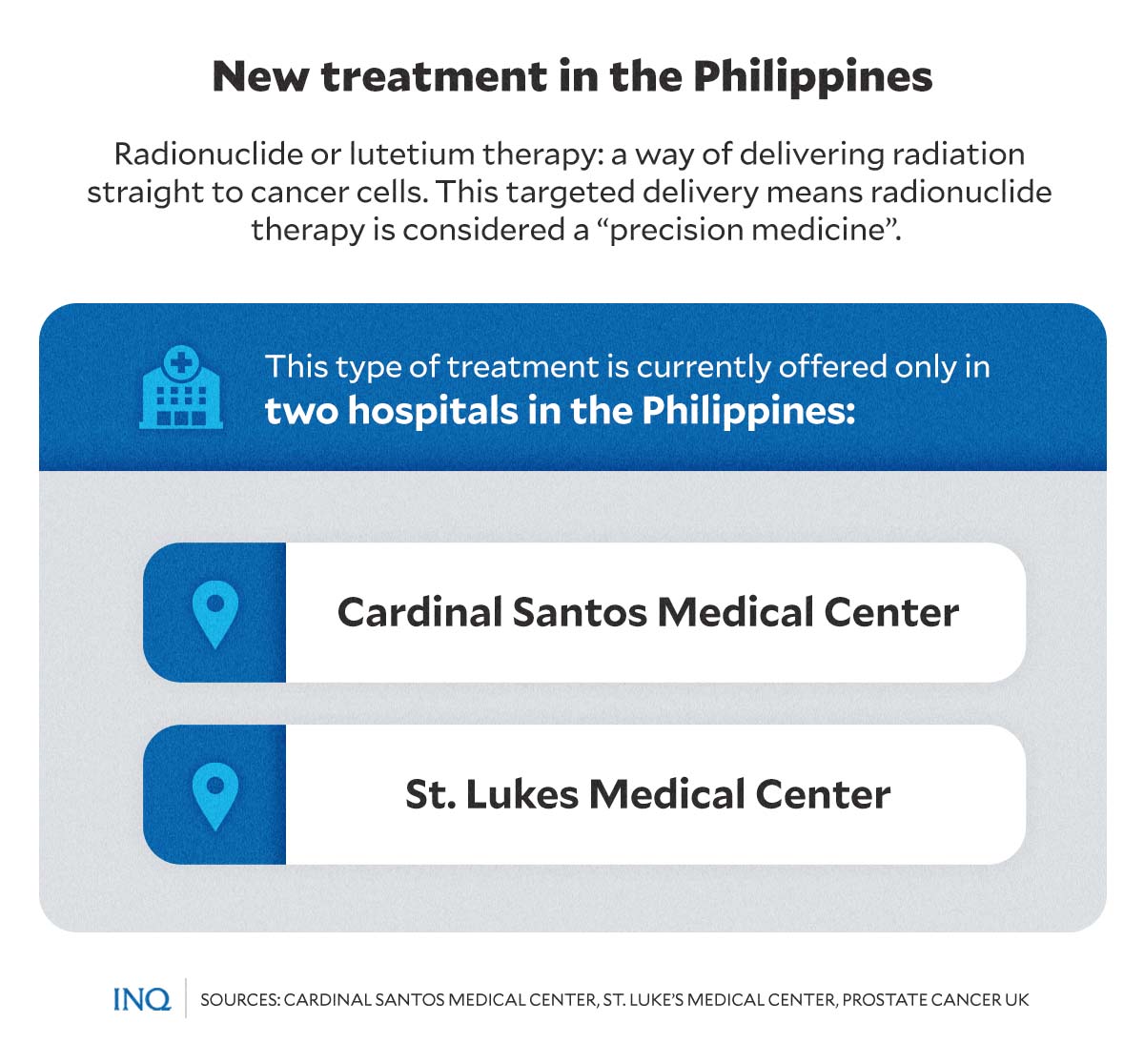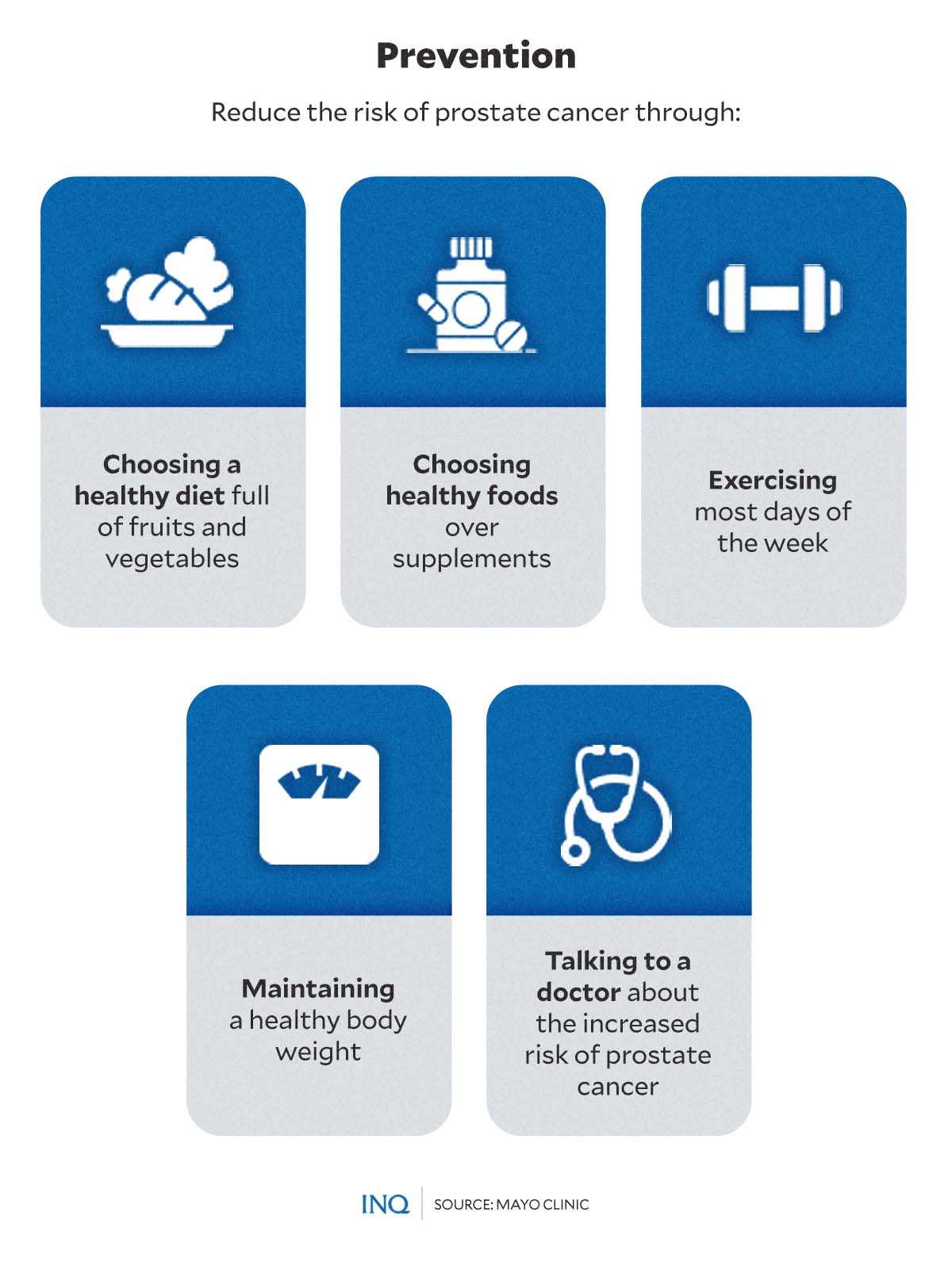Prostate cancer: New treatment offers hope to PH patients
MANILA, Philippines—In the Philippines, prostate cancer is among the most common cancer type among men. To counter the disease and bring down the number of cases, a couple of hospitals have begun offering a fairly new treatment.
Prostate cancer ranked fifth overall on the list of the most common cancer type in the Philippines. Among males, it was the third most common cancer type, next to lung and colorectum cancers.
According to data from The Global Cancer Observatory, a total of 8,242 new cases of prostate cancer were recorded among Filipino men in 2020. In the same year, the number of deaths due to the disease was at least 3,164.
According to the American Cancer Society, prostate cancer begins when cells in the prostate gland—located below the bladder (the hollow organ where urine is stored) and in front of the rectum (the end part of the intestines)—start to grow out of control.
It was estimated that Filipino men live six years shorter than women due to several health issues, like prostate cancer.
Article continues after this advertisementIn observance of National Prostate Cancer Awareness Month, INQUIRER.net will provide details about prostate cancer—including risk factors, symptoms, screening methods, preventive measures, and most importantly, the new treatment available in the country.
Article continues after this advertisementRisk factors and symptoms
Experts noted that the causes of prostate cancer remain largely unknown. However, certain factors can increase the risk of developing the condition, including:
- Old age: The risk of prostate cancer increases as men age. According to Mayo Clinic, prostate cancer is most common after the age of 50.
- Race: For unknown reasons, prostate cancer was more common in Black men than in people of other ethnic backgrounds.
- Family history: If a blood relative has been diagnosed with prostate cancer, your risk may be heightened.
- Obesity: Some studies have shown that people who are obese may have a higher risk of prostate cancer compared to people considered to have a healthy weight.
The UK National Health Services (NHS) noted that symptoms of prostate cancer do not usually appear “until the prostate is large enough to affect the tube that carries urine from the bladder out of the penis (urethra).”
When this occurs, the following symptoms may be observed:
- an increased need to urinate (especially at night)
- trouble starting the flow of urine
- a feeling that your bladder has not fully emptied
- weak or interrupted (stop-and-go) flow of urine
Advanced-stage prostate cancer may cause signs and symptoms such as:
- trouble urinating
- decreased force in the stream of urine
- blood in the urine
- blood in the semen
- noticeable weight loss without trying
- erectile dysfunction
- persistent pain in the back, hips, or pelvis
- shortness of breath, fatigue, fast heartbeat, dizziness, or pale skin caused by anemia
While these symptoms should not be ignored, it does not immediately confirm that you have prostate cancer.
“Other conditions may cause the same symptoms. As men age, the prostate may get bigger and block the urethra or bladder. This may cause trouble urinating or sexual problems,” the US National Cancer Institute explained.
“The condition is called benign prostatic hyperplasia (BPH), and although it is not cancer, surgery may be needed. The symptoms of benign prostatic hyperplasia or of other problems in the prostate may be like symptoms of prostate cancer,” it added.
Early detection and screening
Several tests and procedures may be done to diagnose prostate cancer. These include:
Physical exam and health history: A general body exam to check signs of disease—including lumps or anything that seems unusual.
Digital Rectal Exam (DRE): A lubricated, gloved finger is inserted into the rectum by the doctor or nurse to feel the prostate through the rectal wall to check for lumps or abnormal areas.
Prostate-specific Antigen (PSA) test: Measurement of PSA, a substance made by the prostate that may be found in higher than normal amounts in the blood of men who have prostate cancer.
PSMA PET scan: An imaging procedure used to help find prostate cancer cells that have spread outside the prostate.
Transrectal ultrasound: A test that uses a probe to form a picture of body tissues called a sonogram.
Transrectal magnetic resonance imaging (MRI): A procedure that uses a strong magnet, radio waves, and a computer to make a series of detailed pictures of areas inside the body.
Due to the “fine line between non-cancerous developments in the prostate and prostate cancer symptoms,” the Cardinal Santos Medical Center has strongly recommended that men “start screening procedures for the disease such as prostate-specific antigen testing (PSA) as early as 40 years old, especially those men with a family history of prostate cancer.”
New treatment in PH
There are different types of treatment available for patients with prostate cancer. These include eight standard treatment types: active surveillance, surgery, radiation therapy, hormone therapy, chemotherapy, targeted therapy, immunotherapy, and bisphosphonate therapy.
According to the US National Cancer Institute, there are also new types of treatment being tested in clinical trials, including:
- cryosurgery
- high-intensity-focused ultrasound therapy
- proton beam radiation therapy
- photodynamic therapy
In the Philippines, a relatively new type of prostate cancer treatment called Radionuclide Therapy, or Lutetium Prostate-Specific Membrane Antigen (Lutetium PSMA)—also called the Lutetium-177 (Lu-177) radionuclide therapy—is currently being offered to patients.
As explained by the St. Luke’s Medical Center, the treatment “binds to specific receptors in prostate and neuroendocrine cancers.”
“It emits beta radiation that targets the cancer cells. The radiation damages and, over time, destroy cancer cells at the tumor site directly, leaving the rest of the body safe from exposure,” it added.
It is mainly offered when the cancer cells have metastasized or have spread outside the prostate.
“Essentially, Lutetium PSMA is a liquid radiation which is given intravenously to the patient,” said Dr. Andrew Dominic Kalaw, a Nuclear Medicine specialist at Cardinal Santos’ Radiology department.
“If a prostate cancer patient has already been through more common treatments like hormonal therapy or chemotherapy, but the cancer is still metastasizing or progressing, they can be offered Lutetium PSMA as another form of treatment, which is what we’re already doing here in Cardinal Santos,” he added.
However, since it is still new, it is currently offered in only two major hospitals in the country: Cardinal Santos Medical Center and St. Luke’s Medical Center.
“Lutetium PSMA is a new and rare treatment in the Philippines because it is very hard to procure logistically,” said Kalaw.
“It is not produced locally, so we have to order the medicine from abroad, in Europe specifically. We outsource it, we order it through another company who synthesizes the Lutetium PSMA locally, and then it is delivered to us on the day we need to use it,” he continued.
Painless and effective
Lutetium therapy is mainly applied when the cancer cells have metastasized or spread outside the prostate. Experts and studies have noted that it helps minimize pain and—for most patients—produces long-term remission.
According to Kalaw, the first Lutetium PSMA patient in Cardinal Santos Medical Center showed successful results.
“The patient tolerated the procedure well. He was admitted overnight and was discharged the next day with no complications,” Kalaw said, adding that the side effects are fairly benign.
“Short-term side effects within the first 24 hours may include nausea, lightheadedness, and in some cases abdominal pain, but that is very rare,” he said.
Kalaw likewise stressed that Lutetium PSMA is a safe treatment, which can be done in three to four sessions. It was also found safe to use alongside oral or injectable hormonal therapies.
“In my experience, I have seen patients admitted in wheelchairs for their first Lutetium PSMA treatment session. And then in succeeding sessions, they already felt well enough to go by themselves,” the specialist explained.
However, Lutetium might not be safe to be used with chemotherapy.
“There is a synergistic effect when given in combination with hormonal therapies, meaning the effect may be more beneficial. But when it comes to chemotherapy, it is the opposite, so we require the patient to stop chemo treatments at least 4 weeks prior,” Kalaw clarified.
Living with prostate cancer
A person diagnosed with prostate cancer can live for decades without experiencing symptoms or requiring treatment since the disease usually progresses slowly.
Still, it can affect the patient’s daily life and might cause anxiety and depression due to the possible side effects of treatment.
“You may find it beneficial to talk about the condition with your family, friends, a GP and other people with prostate cancer,” the UK NHS suggested.
But there are ways to reduce the risk of prostate cancer. These include:
- choosing a healthy diet full of fruits and vegetables
- choosing healthy foods over supplements
- exercising most days of the week
- maintaining a healthy body weight
- talking to a doctor about the increased risk of prostate cancer
Kalaw noted that raising awareness for prostate cancer treatment remains a challenge in the Philippines.
“Urologists might be aware of the treatment with regards to prostate cancer, but because of the limited practice and lack of experience, doctors might not know what to expect in terms of safety for their patients. This causes a barrier for referrals,” Kalaw said.
“So our next goal should be informing them that it is available and that it is safe to offer. I am very confident in saying this because of the favorable outcome of our first Lutetium PSMA patient.”
TSB
RELATED STORIES:
Fighting cancer in PH: Hope raised for P10B additional funds
PH cancer patients lack access to preventive screening, costly treatment
Bigger cancer budget equals better treatment, fewer deaths in PH
